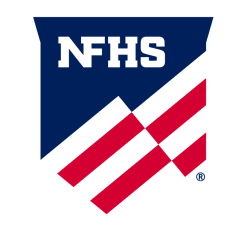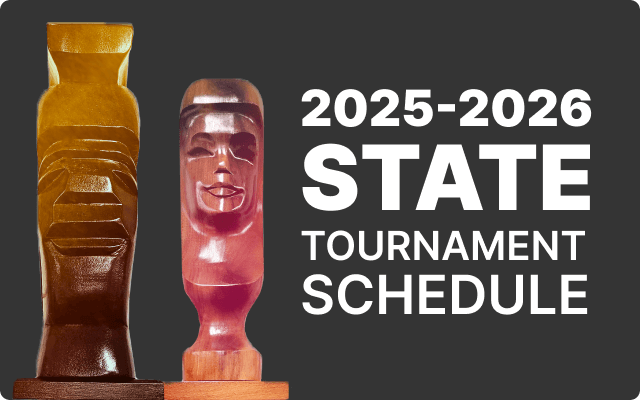The NFHS Voice

 The NFHS Voice
The NFHS Voice
NFHS Playing Rules Committees Address Religious, Cultural Concerns of Participants
Dr. Karissa L. Niehoff, NFHS Executive Director
In every rules publication published by the NFHS, the following statement appears on the first page:
“To maintain the sound traditions of this sport, encourage sportsmanship and minimize the risk of injury, the National Federation of State High School Associations writes playing rules for varsity competition among student-athletes of high school age.”
With almost eight million participants in high school sports, NFHS rules are written for more individuals than all other levels of sports combined. Since the first high school sports rules publication was published in 1932 (Football Rules), to today when rules are published in 17 sports for boys and girls competition, risk minimization and the fundamentals of good sportsmanship have been paramount to the rules-writing process.
In addition to risk minimization and sportsmanship, the NFHS must also weigh financial implications for schools when considering equipment and uniform changes. Decisions must be made that do not put undue financial hardship on schools.
This year – more than ever before – the NFHS has been asked to consider another factor when writing playing rules and that is how those rules affect a participant’s religious beliefs or cultural background. While items such as headwear, jewelry and adornments are not necessary to play a given sport, the NFHS has been asked to look at how these types of items might impact a young person’s identity.
NFHS rules committees have to look at the potential risk of injury when these items are worn – or how any item might compromise the fit of equipment and whether health and safety are at risk.
Recently, there was an unfortunate situation that occurred in a game when a softball player was asked to remove beads from her hair to continue playing. In a rule that dates to 2012, beads are not permitted to be worn in the hair in high school softball. At the time the rule was implemented, there was a concern about beads being a hard item and, when woven into the hair, could compromise the fit of a helmet or could be a danger to the head of the player or an opponent.
Now, we must look at how a sports rule might prohibit someone from full participation because the competitor couldn’t wear a uniform or headwear that is appropriate for the player’s culture or religion, such as the hijab, or in the case of beads, might adversely affect one’s cultural background.
NFHS rules committees have considered some of these situations this year and, with the urging of the NFHS Board of Directors, have been suggesting modifications to some rules as long as the risk to the student wearing the item and/or the opponent would not be significant.
Changes to high school playing rules are first recommended by the respective sports rules committees during annual meetings, with input from high school coaches, officials and state association administrators. Those changes are then considered by the NFHS Rules Review Committee composed of NFHS staff rules editors to make sure that the proposals align with NFHS rules-writing philosophy. The proposed changes are then sent to the NFHS Board of Directors, which has final approval on all rules changes.
Led by the Volleyball Rules Committee, a total of six NFHS sports rules committees have modified rules this year related to religious and cultural backgrounds. In addition to volleyball, participants in the sports of basketball, soccer, field hockey and spirit will be permitted to wear religious headwear without prior approval from their respective state association. In swimming and diving, for religious reasons, competitors will be able to wear suits that provide full body coverage without obtaining prior state association authorization.
The Softball Rules Committee will be reviewing its rule regarding beads woven in the hair at its meeting this month, although action taken by the committee will not be available until the Board of Directors completes its review of recommended rules changes on or about July 9.
The NFHS, in its effort to be a learning organization and one that is founded on the basis of inclusion is striving to work with our young participants in our efforts to celebrate the beautiful diversity that continues to increase. We are excited about that and want to support that. And while we will always strive to keep kids safe and keep games being played the way they were designed to be played, we do want to recognize the importance of a young person’s identity.
Dr. Karissa L. Niehoff is in her seventh year as chief executive officer of the National Federation of State High School Associations (NFHS) in Indianapolis, Indiana. She is the first female to head the national leadership organization for high school athletics and performing arts activities and the sixth full-time executive director of the NFHS. She previously was executive director of the Connecticut Association of Schools-Connecticut Interscholastic Athletic Conference for seven years.









